INTRODUCTION
Comminution is the oldest process technology and it is also one of the largest, most extensive and most complex. It is very large because of the huge amounts of rocks and particles which are broken annually to support the world’s population, it is extensive because of the wide range of processes for which comminution must be used, and it is complex because of the many variables which affect its performance. There is an old dictum – get the comminution right and concentration looks after itself. This may be an overstatement, but the sentiment is correct. Comminution is very important in Peru because of the wealth of ores which contain fine grained valuable minerals.
Regular meetings to review current comminution practice and look towards the future may be wide ranging as far as the topics discussed are concerned but to make a significant contribution to process technology the papers presented will have some focus on the practice of comminution technology.
Comminution 2019, which is an early meeting in what is planned to become a series, will necessarily be restricted to a limited range of topics, suffice it to write that it will be concerned with the breakage of coarse rocks and their progeny in SAG mills, of smaller pebbles in HPGRs, and of finer particles in vibrating and tumbling ball mills of various types.
Classification is regarded in Comminution 2019 as an extremely important part of fine grinding processes. It has been handled better by dry grinding engineers than by those concerned with wet grinding because circulating load can build quickly in dry grinding and can reduce productivity. .For example cement production engineers have built three generations of classifiers for cement circuits and the circulating loads have been reduced from a high to a low multiple. By contrast wet classification has progressed slowly, the main developments being the rake classifier more than 100 years ago and the hydrocyclone more than 50 years ago.
Comminution 2019 will be a forum for new ideas and debate. It was the debate generated by Ritter von Rittinger’s new ideas about the energy-size reduction relationship in the mid 19th century which started our process of understanding comminution, may this meeting help the debate to flourish. We welcome technical contributions from the global metallurgical industry to the Comminution Conference in Lima.
TECHNICAL COMMITTEE
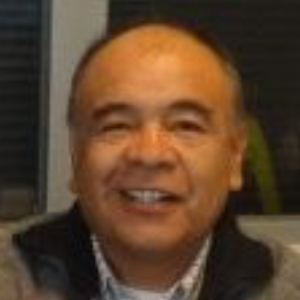
Superintendente de Procesos
Minera Chinalco, Toromocho

Operations Superintendent
MMG Minera Las Bambas
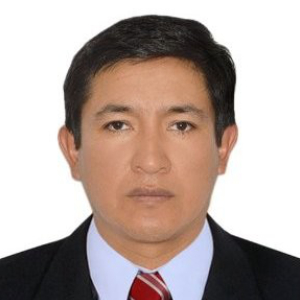
Plant Manager
HUDBAY PERU
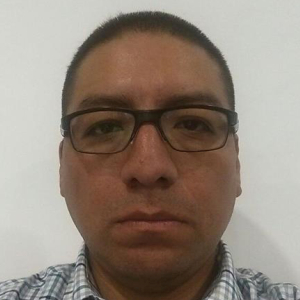
Metallurgy Superintendent
GOLDFIELDS Minera Cerro Corona

Process Plant Superintendent
Sociedad Minera El Brocal
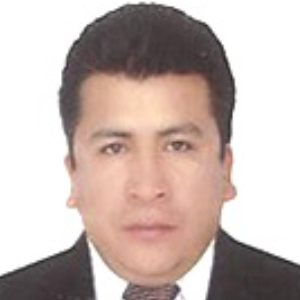
Plant Superintendent
Fortuna Silver Minera Bateas
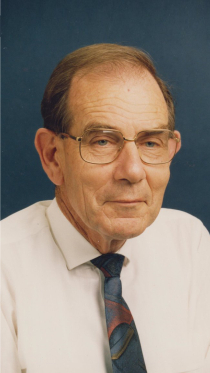
Alban Lynch completed the Chemical Engineering course at the Sydney Technical College in 1953 after working for 6 years as a paint technologist.
He then moved to Broken Hill where he completed the BSc, MSc and DSc courses at UNSW while working as a mineral processing engineer.with Zinc Corporation (now Rio Tinto). In 1961 he moved to the University of Queensland as a Research Engineer and was given a small grant by AMIRA (Australian Mineral Industries Research Association) to work on the modelling and control of grinding circuits. His approach was to use operating plants as his experimental sites to collect data which could be used for model building. and augment these when necessary by data from test rigs. For example hydrocyclones were new in 1960 and were replacing rake classifiers so extensive data were collected from a cyclone test rig to build a cyclone model. A simple model of a ball mill was also available in a form which enabled a ball mill and a cyclone to be modelled as a closed circuit and this could be used to predict what occurred when a change was made to the operating conditions of the closed circuit.
The models which were used were approximate but the value of the simulation technique was clear and research continued on the development of more accurate models of grinding mills and classifiers. This became a 50 year project which was strongly supported by Australian mineral processors. All plant design and optimisation work now uses simulation.
Alban Lynch has also taken an interest in the history of mineral processing. His books on mineral processing include The History of Grinding and The History of Flotation, Comminution Handbook and books on the simulation of mineral grinding and flotation circuits.
He has been given several awards by the Australasian Institute of Mining and Metallurgy and the Society of Mining Engineers.

Dr. Powel obtained his PhD in the University of Cape Town. Nowadays, he acts as Chairman and Professor of the Sustainable Comminution in The Julius Kruttschnitt Mineral Research Centre (JKMRC) in the University of Queensland. He is often invited to the most important conferences worldwide, as he gives his presentations on the applied research on flexible circuits, modelling and grinding control. He is also known for the numerous consultancies and services to the mining industry.
Chairman of Comminution 2017 carried out in Lima, organized by InterMet.
AREAS OF INTEREST
From Blasting to Mill
Crushers, Mills, HPGRs, Hydrocyclones, Sieves
Mill liners
Advanced Control of Plant Processing
Power Efficiency
Circuit Design and Optimization
Modelling, Simulation, DEM and Software in Grinding and Classification
Mill Drives
Optimization in Metallurgical Plants
Mine-to-Mill
Applied Research and Education
VENUE – LOCATION MAP
TECHNICAL WORKS (PAPERS)
If you want to present a technical paper (participation as Author), please submit an abstract (250-300 words) with research scope to email: comminutionperu@gmail.com , and it will check by organization. If approved , a complete technical paper will be asked to you. Your paper will be inside of USB memory stick that participants will get.
SPONSORSHIPS
Your company can sponsor the most important geological - mining - metallurgical encounter in the sector.
Write us to know the options to the email : informes@congresos.encuentrometalurgia.com
© Copyright Comminution 2019 - II International Congress on Minerals Comminution | all rights reserved | Powered by : InterMet
© Copyright Comminution 2019 - II International Congress on Minerals Comminution
all rights reserved
Powered by : InterMet